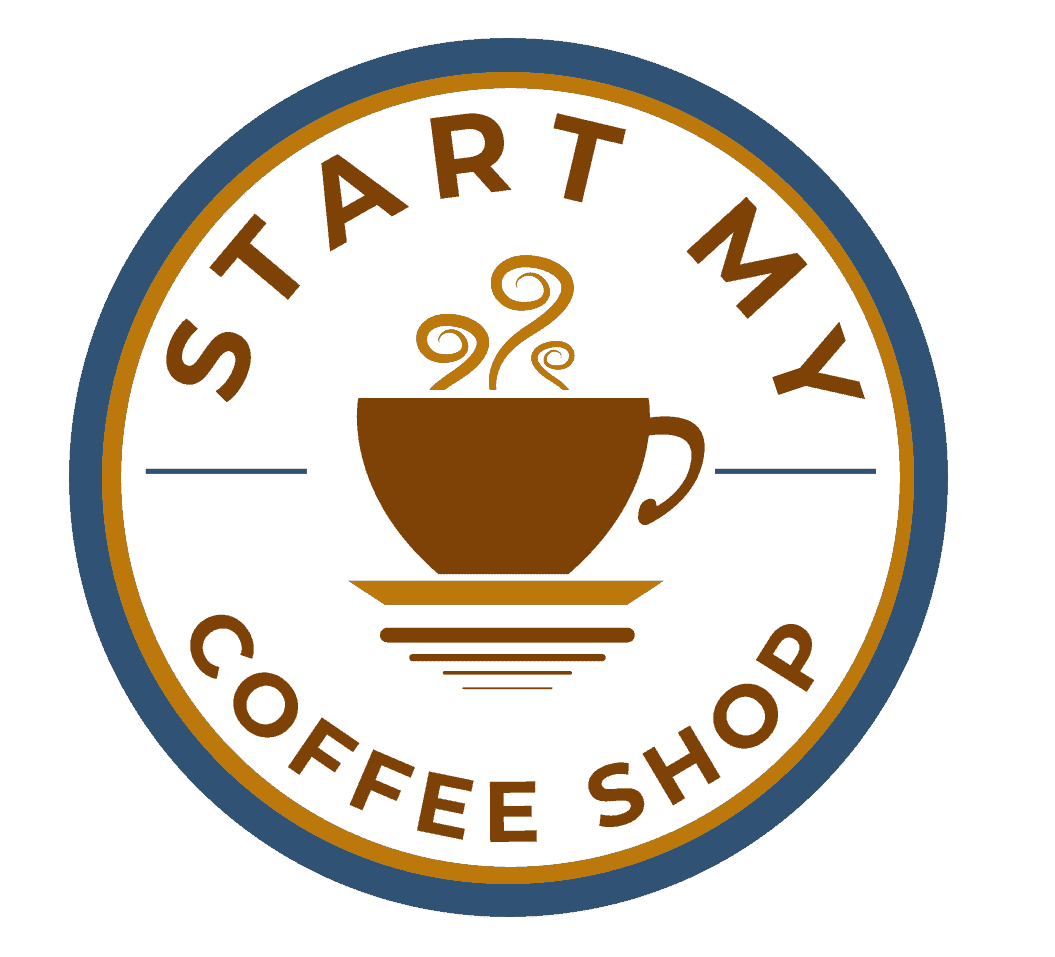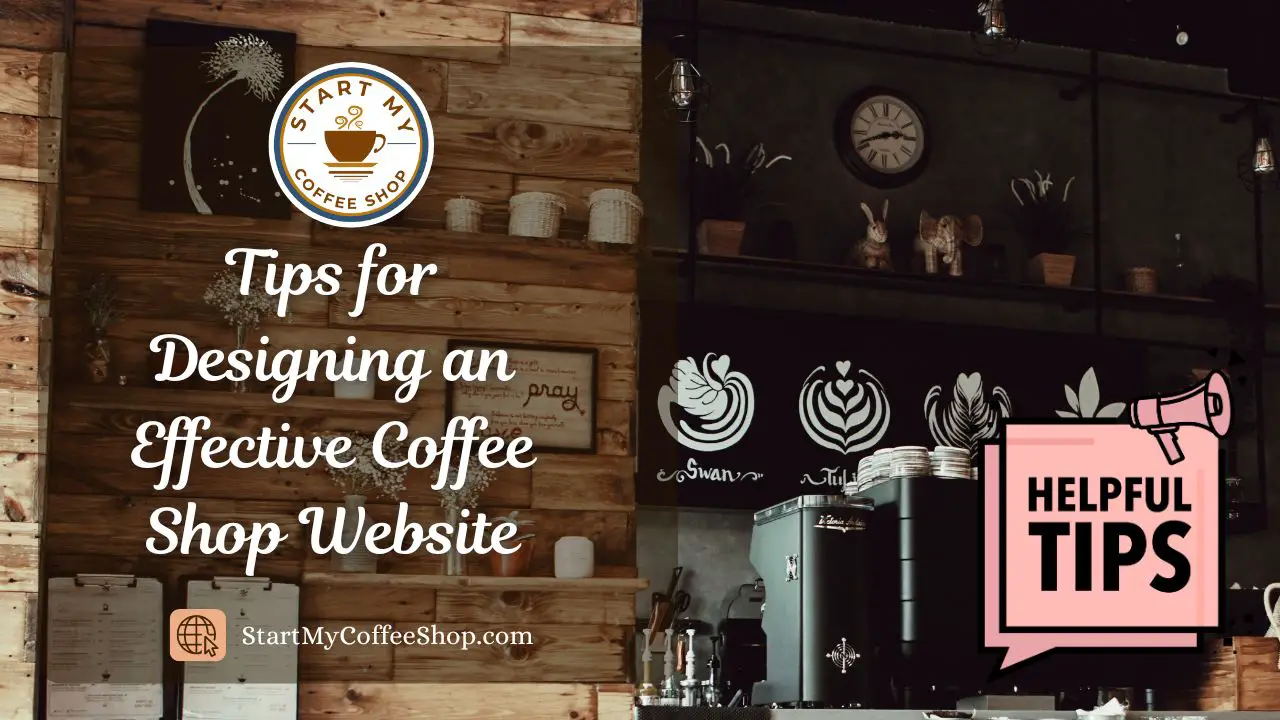More than 50 percent of new coffee shops will close in their first five years of business. Compared to other businesses, this failure rate is extremely high and can be discouraging to those wanting to start their own coffee shop. But knowing the risks before you even start and knowing how to combat them will not only help your coffee shop survive but thrive.
The 7 Risks of Opening a Coffee Shop are:
- Profits will be extremely low starting out, as the initial investment can be very high.
- Finding a location and getting a decent lease can be challenging.
- Equipment can be very expensive and doesn’t affect the customer experience.
- Understanding the supply chain and knowing who to talk to can be frustrating, slow, and expensive.
- People go to their favorite coffee shops, and usually don’t give new ones the time of day.
- When there is an economic downturn, your shop is seen as a commodity.
- Failure to create a business plan almost always means your business will fail.
While these risks may not seem worth it when opening your shop, there are ways to combat these risks. Read on to find out more about what you can do to make sure your business doesn’t fail, even when facing the risks.
Profits will be extremely low starting out, as the initial investment can be very high.

If you are starting your own standalone, independently owned coffee shop, you can expect an average annual gross revenue of about $500,000 per year, with that number being based on an average customer sale being $7, serving 250 customers a day, six days a week, 52 weeks a year. That may seem like a decent number, but when you’re comparing it to the amount of expenses you have to pay back, you are most likely only making an average profit margin of around two percent—which is the industry average.
According to Investopedia, starting a coffee shop could cost between $200,000 and $375,000 to set up, which means if you keep setting aside ten percent of your monthly profits, it will take four years to pay off.
Finding a location and getting a decent lease can be challenging.
No matter where you plan to be located, finding the perfect physical location for your coffee shop is the single hardest decision you’ll make during your planning process. Making sure you can hit your target demographic while making your coffee shop easily accessible, along with access to parking and the potential for foot traffic, can be impossible. If you find that, though, the lease may be increasingly high—budgeting for the cost of the location may make or break your business before it even starts.
Equipment can be very expensive and doesn’t affect the customer experience.
To get all the supplies you need, like a commercial coffee grinder, commercial coffee roaster, commercial coffee brewer, and everything in between, it could cost upwards of $50,000. While you’re already putting a huge sum of money into your initial investment, you will have to purchase all of the necessary equipment before you even consider getting a profit.
Not only that but spending too much money on the back end of your business could put you under on your profits when you don’t need to be. Overcapitalizing on your equipment doesn’t add to your customers’ experiences as they don’t typically watch or see how their coffee gets made. Optimize your kitchen set up for you and your business, not for the customer, but don’t cut costs so much that it affects the taste of your product—find that happy medium between the two. For help finding equipment that fits your budget and needs, take a look at our suggestions.
Understanding the supply chain and knowing who to talk to can be frustrating, slow, and expensive.
While coffee shops are very popular, it doesn’t make it any easier when dealing with getting supplies. Large-scale supply companies can be confusing and hard to communicate with, which makes it even more complicated to get affordable prices for your independent shop. They’re going to be more concerned with getting large numbers of supplies to their franchises, rather than you.
People go to their favorite coffee shops and usually don’t give new ones the time of day.
People know what they like, and they know they can get it at their favorite coffee shop, independently owned or large franchise. It doesn’t matter which it is—drawing new customers from other shops is extremely difficult when there are potentially hundreds of coffee options in your area.
Combating the high rate of customer support and marketing that a larger coffee shop or chain can have makes opening your own extremely risky, as you don’t know how many customers could decide to give your shop a chance, and the likelihood of them switching to your shop permanently is even smaller.
When there is an economic downturn, your shop is seen as a commodity.
Economies ebb and flow, and when people start to tighten their budgets, buying coffee from an independently owned shop every day is one of the first things to go. When there are a bunch of items on the market such as Keurig machines or just your standard coffeemaker, people start to make from home what they can get at your store for a fraction of the price.
Failure to create a business plan almost always means your business will fail.
As it is with most businesses, if you don’t have a set business plan, your business will more than likely fail. This is no different than starting your coffee shop. Your business plan is the outline for your entire successful business, starting with what your business looks like, your name, your products, your location, marketing, staff, and branding. If you don’t start your business knowing how you want it run, you run the biggest risk of failing. If you have no idea where to start creating a business plan, don’t fret – check out our advice here.
How to Mitigate the Risks

To combat these risks and increase your profits, there are a few things you can do. Lean into the holiday season, completing some sort of promotion to bring people into your shop, or create a new seasonal drink to draw people in.
Consider your competition and their prices and marketing—make a plan on how you can work against their prices, promotions, and other successes. Expanding your brand can also help with that, and you can increase your online sales with t-shirts, coffee beans, tumblers, etc. that are branded and become native marketing as people use, wear, and drink your products.
Reducing your waste is also a great way to increase your profits. If you can keep a better track of the supplies you use and those you throw away, you can better plan your perishable item expiry dates and throw away less and less. Here, you can also shop around to the most inexpensive suppliers, so you can buy in bulk at a lower rate.
Making sure your business is not overstaffed can also reduce your costs; keep a tight schedule and understand your busiest times to make sure you’re not understaffed in the process. (For tips on how many employees you might need, see our article here.)
By doing your best to increase your profits and making sure your initial investment is paid off, you can start enjoying an average annual profit margin of 12 percent, which is about $60,000 with the numbers used above.
To bring in more customers, try a new level of marketing. Attracting visitors does not have to be an expensive project—you can change your menu and add new items, add takeaway items like baked goods or bagged coffees, or offer discounts or promotions to new and returning customers. You can also start marketing online, focusing on your website and social media, along with working with an online delivery platform.
Make your physical space inviting and give back to your community—while they seem like small things, they can really make a big difference, not only in bringing people to your store but making sure they come back. Provide not just a service, but a space. Many of your competitors may not be open later, so allowing for expanded hours, along with a meeting space, can increase your foot traffic and community involvement.
While people can make their own caffeinated beverages at home, provide for them not just a drink, but an experience—one they can support with their purchases regularly. People want personality and personability. By giving them that, you can mitigate your risks in opening your new coffee shop.
Frequently Asked Questions
Before you even open your coffee shop, you will need a business license, employee identification number, sales tax license, building permits, food establishment license, liability license, and if you are brewing coffee on-site, a food handler’s permit. More information about licensing can be found here.
No, you do not need a degree to start a coffee shop. You can start one with any level of education—although experience in the field of coffee shops or business is encouraged.
To learn more on how to start your own coffee shop checkout my startup documents here
Please note: This blog post is for educational purposes only and does not constitute legal advice. Please consult a legal expert to address your specific needs.

Hi! I’m Shawn Chun
My adventure in coffee began when I first launched my first coffee shop back in the early 2000s. I had to figure out so many things on my own and to make it worse within 2 years of opening two large corporate coffee chains moved in just blocks away from me!
As I saw smaller and even some larger coffee shops in the neighborhood slowly lose customers to these giant coffee chains and slowly close up shop, I knew that I had to start getting creative…or go out of business.
I (like you may be) knew the coffee industry well. I could make the best latte art around and the foam on my caps was the fluffiest you have ever seen. I even had the best state-of-the-art 2 group digital Nuova Simonelli machine money could buy. But I knew that these things alone would not be enough to lure customers away from the name brand established coffee shops.
Eventually, through lots of trial and error as well as perseverance and creativity I did find a way to not only survive but also thrive in the coffee/espresso industry even while those corporate coffee chains stayed put. During those years I learned to adapt and always faced new challenges. It was not always easy, however, in the end, I was the sole survivor independent coffee shop within a 10-mile radius of my location. Just two corporate coffee chains and I were left after that year. All told the corporate coffee chains took down over 15 small independent coffee shops and kiosks and I was the last one standing and thriving.
Along the years I meet others with the same passion for coffee and I quickly learned that it is not only “how good a barista is” that makes a coffee shop successful, but the business side of coffee as well.
Hence why I started this website you are on now. To provide the tools and resources for up and coming coffee shop owners to gain that vital insight and knowledge on how to start a coffee shop successfully.
Stick around, browse through my helpful blog and resources and enjoy your stay! With lots of LATTE LOVE!
Shawn





